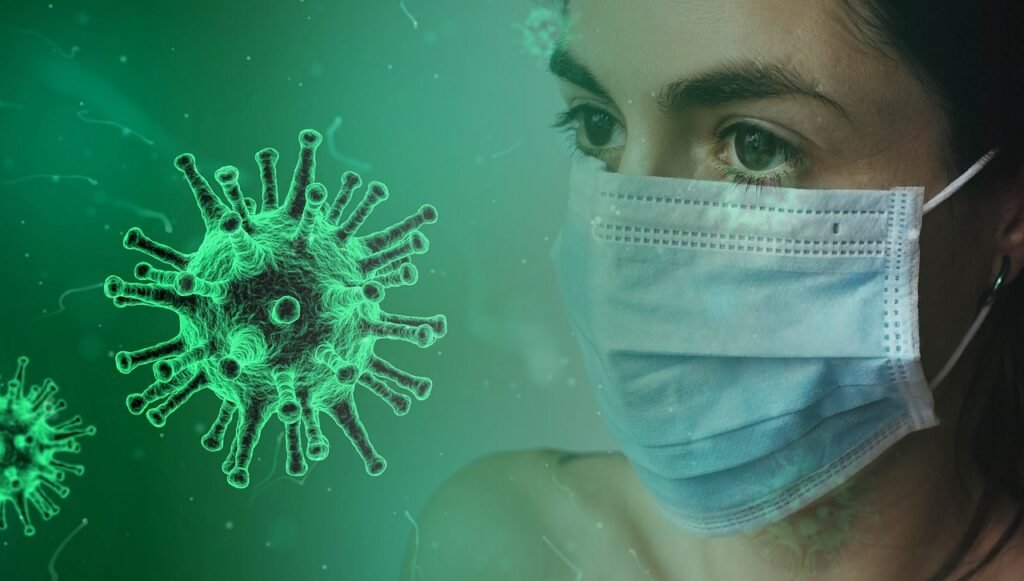
The early days of the COVID-19 pandemic were marked by eerie silence as streets emptied, hospitals overflowed, and “six feet apart” became an unforgettable rule. Human interaction shifted online, while an unseen enemy reshaped the world in unimaginable ways. Scientists raced against time, relentlessly working to develop vaccines that could end the global standstill. Amid the chaos, innovation thrived—yielding life-saving vaccines and advancing technologies like RT-PCR, ELISA-based tests, and biosensors. Yet, some crucial breakthroughs remained in the shadows. One such unsung hero was the Charged Aerosol Detector (CAD), a quiet but vital sentinel in the battle against COVID-19.
Few had ever heard of CAD. It never appeared in newspaper headlines, never graced the cover of glossy science magazines. Yet without it, the revolutionary mRNA vaccines—the very ones that turned the tide against the pandemic—might never have reached the masses. CAD, a highly sensitive analytical tool, detects and quantifies lipid nanoparticles (LNPs), the microscopic carriers that encase and deliver fragile mRNA into human cells. These LNPs act as protective shells, shepherding the delicate genetic instructions for the SARS-CoV-2 spike protein safely to their target. Without precise detection methods like CAD, the stability and consistency of these vaccine components would be guesswork, and guesswork is not an option when billions of lives hang in the balance.
The leading architect of this unassuming yet vital technology is Thermo Fisher Scientific, a giant in the world of laboratory instrumentation. The Charged Aerosol Detector is a masterpiece of scientific ingenuity, converting liquid-phase analytes into charged aerosol particles, which can then be measured with astonishing sensitivity. Unlike traditional detectors that rely on light absorption, CAD thrives in the shadows, detecting even non-volatile, non-chromophoric compounds—an essential feature for pharmaceutical quality control.
Its power lies in its precision. Vaccine manufacturers demand consistency, an unwavering guarantee that each vial, each dose, each microscopic droplet of mRNA-laden liquid is just as potent as the last. CAD ensures that no rogue particles disrupt the delicate balance, that each LNP is uniform in size, charge, and concentration. It is, quite simply, the gold standard of quality control for mRNA-based therapeutics.
And yet, its influence extends far beyond COVID-19. Any vaccine built upon mRNA technology depends on lipid nanoparticles for delivery. Influenza, Zika, cytomegalovirus, and even the burgeoning field of cancer immunotherapy—each relies on LNPs, and thus, on CAD. Pfizer-BioNTech and Moderna pioneered the use of mRNA vaccines on a global scale, but they are merely the vanguard. A wave of new vaccines is rising, including personalized cancer treatments that may redefine medicine itself. At every step, the Charged Aerosol Detector watches over them, ensuring that these microscopic marvels are fit for human use.
The world will move forward, as it always does. Pandemics will fade into history, new diseases will emerge, and science will keep pushing against the boundaries of the unknown. But the Charged Aerosol Detector still remains—unseen, uncelebrated, yet indispensable. A silent guardian of the microscopic world, ensuring that tomorrow’s medical breakthroughs are as safe and effective as those that saved millions today.
